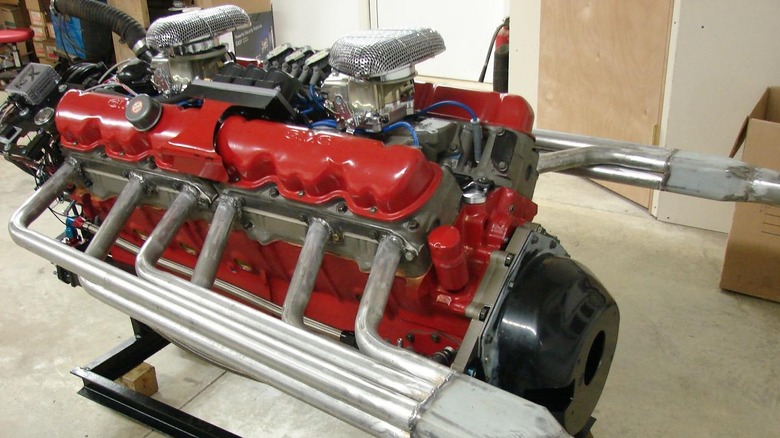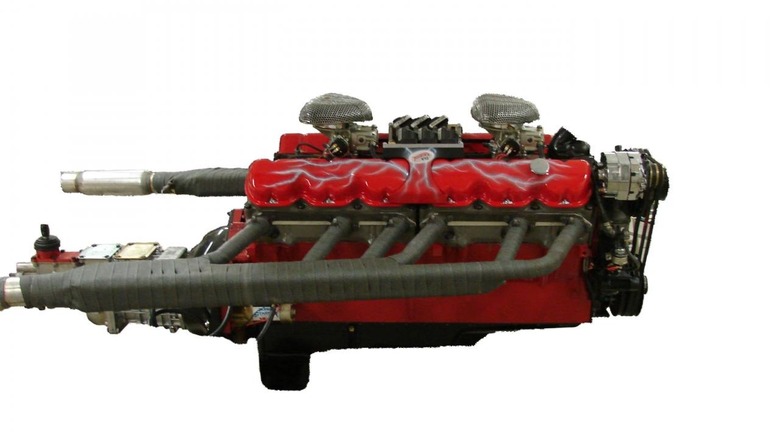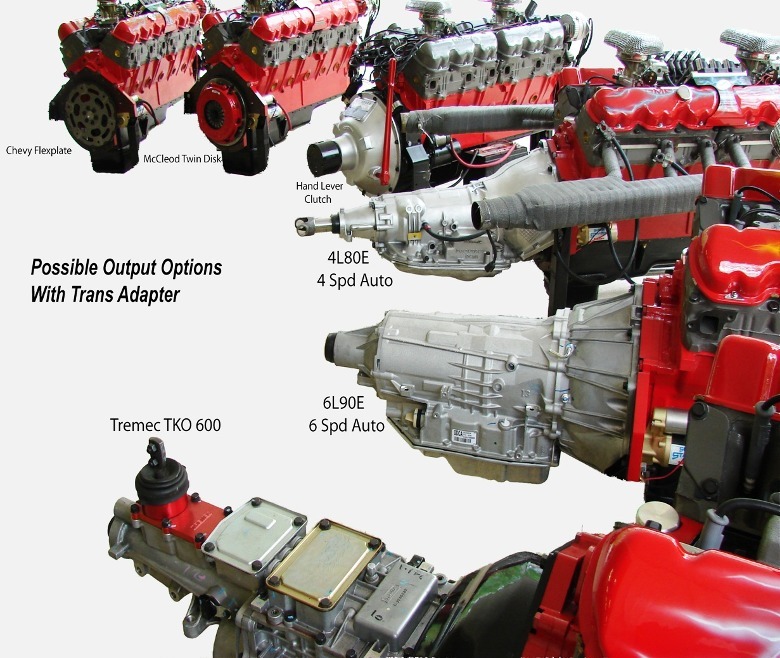GMC's Remarkable Twin Six Engine: The Story Behind General Motor's Monstrous V12
The 1960s were friendlier times for American motorists. The national average gas price between 1960 and 1962 was only $0.31 per gallon, and there were no EPA regulations to ruin the fun. During this time, American legacy automaker General Motors debuted its monstrous 11.5-liter V12 engine for heavy-duty trucks, and it remains a giant even by modern standards. How big? It's the largest-displacement production engine from a major automaker since WWII.
Affectionately called the Twin Six V12, this gargantuan engine is not merely two inline-six engines merged to form its V12 configuration. GM introduced a new family of heavy-duty 60-degree V6 engines with 305 to 478 cubic inches of displacement, pushrods, a single cam, and a six-throw crankshaft in 1960. But in 1961, GM unveiled the mighty Twin SIX V12 derived from two new V6 engines, a perfect addition to the automaker's lineup of new truck engines.
The result is an 11.5-liter (702.4 cubic inches) V12 with four-cylinder heads, a single-piece cast-iron crankcase, a four-foot-long forged crank that weighed 190 pounds, 56 head bolts, and a massive crankshaft that measured four feet long. It also has a pair of oversized downdraft carburetors neatly stowed in the vee to feed the thirsty engine copious amounts of fuel and air.
GM Twin Six V12 Engine: For the long haul
With everything installed, General Motors' Twin Six V12 engine tipped the scales at a portly 1,500 pounds, making it heavier than many entire compact or midsize cars. It has an oil sump holding four gallons of oil (15 liters) and a high-volume oil pump to circulate 17 gallons per minute. The water pump is equally massive and could push 118 gallons per minute to keep the leviathan cool.
The GM Twin Six V12 produces 275 horsepower (at 2,400 rpm). More importantly, it offers 630 lb-ft of torque at just above idling speed (or roughly 1,600 rpm), making it suitable for extreme duty applications in the commercial, agricultural, military, and defense sectors. But above all, GM claims the Twin Six V12 could last up to 200,000 miles before a complete overhaul. Oh, and its fuel economy is a mere 3 mpg.
The Twin Six V12 was in production from 1961 to 1965 only. Its predecessor, a 10.5 liter (637 cubic inch) 60-degree V8, has a similar 4.56-inch bore and 3.59-inch stroke as the Twin Six. More importantly, the V8 was more compact, weighed less, and was cheaper to manufacture.
Thunder V12
An engine builder in Evansville, Indiana, specializes in upgrading and maintaining the marvelous Twin Six V12 engine through the years. Bob Walker is the brains behind the Thunder V12, a modified version of the original GM Twin Six. Walker claims the Thunder V12 "makes the most power between 2,000 and 3,000 rpm of any automotive-based, naturally-aspirated, 87-octane crate engine for under $35,000."
The numbers are compelling. The Thunder V12 produces 425 horsepower (at 4,000 rpm) and 630 lb-ft of torque at 1,800 rpm, although new pistons, a roller cam, and a port and polished head could double the power output. Meanwhile, forced induction or nitrous oxide can increase the torque output to 1,200 lb-ft, and Thunder also makes custom bell housings to accommodate various gearboxes.
GM only made about 5,000 units of the Twin Six V12 from '61 to '65, and the Thunder V12 website said only 200 exist today, most of which are unsalvageable. Compounding the issue are hard-to-find components and spare parts. If you fancy a Thunder V12 in your hot rod or project car, prepare to fork over $25,000 for one of the quirkiest yet impressive machines to enter production.


